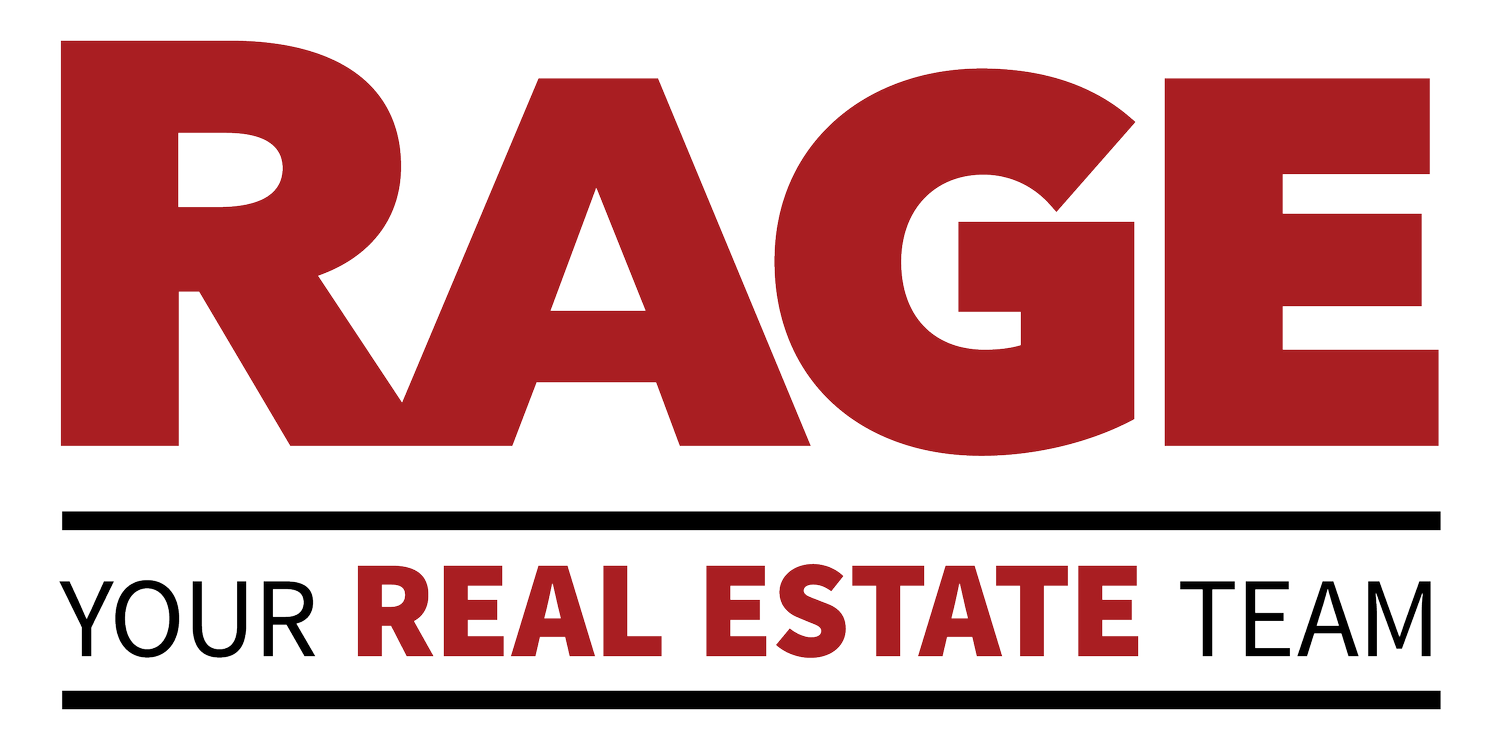What in the world is going on in the real estate market?
The secret is out: the economy (US, Global, local) is under some serious pressure as the various powers-that-be attempt to restore balance and a sustainable trajectory for the years ahead.
Housing prices that surged during COVID are now mostly stalled or receding as a sort of sacrificial lamb to the Fed's efforts to get inflation back down to 2%.
Why is housing seemingly taking the biggest hit? What can we expect moving forward?
What in the world is going on in the real estate market?
1. Inventory - what does that even mean?
Inventory falls into two main buckets - new inventory and active inventory. New inventory is the number of homes newly listed for sale on any given day. Active inventory is the cumulative total of new homes that are listed for sale and haven’t yet sold.
In the spring when interest rates were in the 3.5% range, new inventory stayed steady and buyers bought the new listings at a such a pace that active inventory stayed in the 1,500 range.
As we enter late 2022, rising interest rates (currently around 7%) have impacted buyers’ purchase power to such a degree that some buyers are pausing their search while they reeducate themselves on new loan options, recalibrate their budget, and reassess their wants and needs.
This slow down in demand has allowed the active inventory to continue climbing - currently around 5,000 actively listed homes for sale - despite the number of weekly new listings remaining close to where it was in the spring.
While rates are high and sellers are holding out on price reductions, the market is experiencing a temporary stalemate, with October 2022 seeing 40% fewer home sales than October 2021.
2. Home Prices - what goes up must come down
The real estate market normally operates in a seasonal cycle, with prices climbing through the spring and early summer before plateauing in late summer and autumn before taking a slight dip during the cold of winter.
This year is no different, however the autumn and winter cycle is experiencing the added pressure of interest rates now being twice as high as we saw in the spring.
Consequently, rather than home prices predictably dropping 1-2% below peak spring season, prices are down roughly 10% from their peak in May.
This is not to say all home prices are falling, as recent data indicates 22% of homes are selling for at-or-above list price, but the majority of home sellers (50-60%) are implementing a price reduction prior to attracting a winning offer.
The good news for many homeowners is that prices currently remain 13% higher on average than they were twelve months ago, so we have plenty of equity margin to absorb this market correction.
Heading into winter, we expect to experience continued negative appreciation as home prices adjust to find a level of attainable affordability with the new higher interest rates.
3. Affordability - what are the solutions?
Housing affordability answers the question, “Can a typical household afford a typical house?” In other words, what percentage of the median household income is required for the principal and interest portion of a median priced house?
Housing traditionally hits an affordability threshold around 30-35%.
With home prices still lagging behind the demands of current interest rates, affordability in Denver is currently in the 50% range (using average instead of median income).
Consider this example for a household that earns $100,000/yr. $100,000/yr works out to approximately $8,333/mo pre-tax and roughly $6,900/mo after taxes. If a buyer wanted to purchase a $600,000 home (roughly median price for Denver metro) offering a 10% downpayment and securing a 7% interest rate, the principal and interest portion of the monthly house payment would be approximately $3,592. That works out to 43% of the buyer’s gross monthly income and 52% of their net monthly income going to just principal and interest. And in property taxes, insurance, PMI, and perhaps and HOA? You get the picture.
This is not a sustainable figure, so lenders and REALTORS® are actively creating and offering responsible alternatives to help sellers retain their equity and help buyers buy when rates are high.
The real estate market we’re currently experiencing is in an active shift, and it will continue to shift until either interest rates or home prices come down - or, more likely a temporary combination of both.
When that happens, the market will enjoy a short-lived utopian balance before beginning its inevitable climb forward.
And we start the cycle all over again.
—
We hope this content serves you well as you seek to be savvy homeowners and make wise financial decisions for your future. If you'd like to chat further or are considering moving in the coming months or year, let's get a meeting scheduled today!
- Josh & The RAGE Team
This material has been prepared for informational purposes only, and is not intended to provide, and should not be relied on for tax, legal, or accounting advice. You should consult your own tax, legal and accounting advisors before engaging in any transaction.


